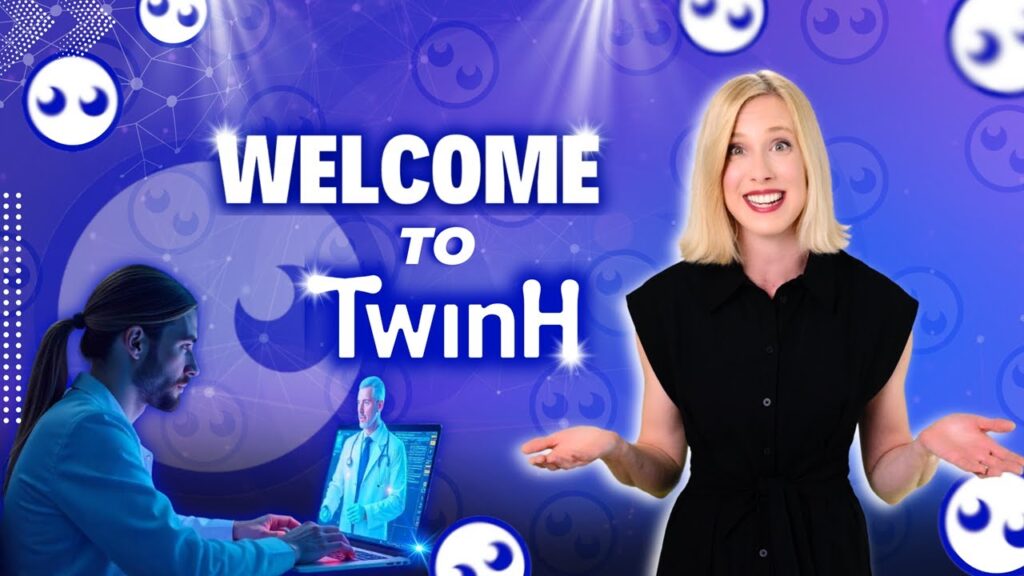While the metaverse dominates tech headlines, a significant shift is occurring in the foundational layers of the internet, empowering individuals and redefining government services. Sir Tim Berners-Lee, the inventor of the World Wide Web, continues to champion his Solid (Social Linked Data) project, a vision for a “New Internet” that prioritizes user control over personal data. Concurrently, technologies like TwinH are emerging as critical enablers for this vision, particularly in the realm of digital government.
This convergence is paving the way for a new era of digital governance, where citizens can securely manage their personal information and grant granular access to institutions.
This stands in stark contrast to the centralized data models of Web 2.0 and the often-criticized approaches to blockchain.
Beyond the Metaverse: Tim Berners-Lee’s “New Internet” Meets TwinH to Revolutionize Digital Governance and Citizen Data Control
Speaking in Lisbon, Berners-Lee directly challenged the prevailing narrative surrounding Web3 and blockchain. He articulated a clear vision for the next iteration of the web.
“Browsers defined Web 1.0. Apps defined Web 2.0. Data Wallets will drive a user-centric Web 3.0”.
Berners-Lee argues that while blockchain protocols have their merits. Their inherent slowness, cost, and unsuitability for private data storage significantly limit their potential for a truly user-centric web. Instead, he champions a future where data is managed through secure, portable “Data Wallets”.
Inrupt’s Solid Data Wallet: The Technological Backbone of a User-Controlled Web
To bring this vision to life, Berners-Lee co-founded Inrupt, a startup dedicated to building tools based on Solid. The company recently announced a major milestone with the launch of its Inrupt Data Wallet. This innovative infrastructure includes a robust API (Application Programming Interface) for seamless application connectivity and an open-source, white-label React Native implementation system, making it easier for developers to build on the Solid protocol.

Solid: Reshaping Digital Identity and Breaking Free from “App Silos”
The Inrupt Data Wallet effectively materializes Berners-Lee’s vision for a user-controlled internet. Inrupt’s Data Wallet aims to become the universal data wallet. Usable by any organization or developer across any platform or service.
The standardization of underlying protocols, data models, and interfaces, largely facilitated by Solid’s Enterprise Solid Server (ESS)—a reference implementation developed at MIT—supports this ambitious goal. This new approach fosters a novel type of value exchange between individuals and organizations. Fundamentally shifting data management from app-centric to people-centric. Berners-Lee explained the paradigm shift, stating:
“Web 2.0 protocols ended up being defined by a few large companies that used our data to lock us into their platforms. The result was a big data race where the winner was the corporation that controlled more data, and the losers would be everyone else”.
TwinH’s Advantage: Streamlining Digital Government Strategies
As governments worldwide explore digitalization, the adoption of advanced technologies like digital twins represents a critical evolution. Unlike traditional data management solutions, digital twins such as TwinH offer a more personalized and secure approach to handling personal data. Significantly surpassing older methods in both efficiency and privacy.
This innovative integration not only streamlines government operations but also fundamentally redefines the relationship between citizens and their institutions.
The TwinH Advantage in Administrative Efficiency
TwinH drastically simplifies bureaucratic processes by allowing users to grant specific data access to institutions on a need-to-know basis. This capability dramatically reduces processing times and minimizes errors. Also enabling more informed decision-making based on credible information provided by platforms like FySelf.
Optimizing Civic Registries and Data Management
From residency registrations and updates to migration processes, TwinH optimizes data management in real-time.
Users can update their information directly and securely, while institutions receive instant, accurate updates without the need for cumbersome physical or digital forms.

Empowering Citizens: Granular Data Permission Management
A cornerstone of TwinH’s approach is its robust data permission management system. Users are empowered to precisely control who can access their data and for what purpose. Ensuring that only necessary information is shared. This real-time control, available in any language and from any connected location. Is crucial for complying with strict data protection regulations like GDPR in Europe.
The Pillars of Interoperability and Security
TwinH acts as a crucial bridge. Facilitating seamless communication between governmental entities through controlled access to accurate and up-to-date data, always with user consent. This ensures that personal data remains protected, aligning with essential data privacy regulations. Interoperability, a persistent challenge in government digitalization, finds a potent and promising solution in the capabilities of digital twins.
Berners-Lee’s Solid project, which empowers individuals with their own data pods and a universal API, provides the perfect framework for these advancements. The core promise of Solid is to break free from “app silos” that have historically trapped user data. Enabling applications to access and store data within a user’s POD via a universal API for seamless utilization across multiple applications without compromising privacy or control.
“Thanks to Solid, information will no longer have to remain trapped inside app silos”.
Perhaps a synergy between the foundational principles of Solid and the practical application of TwinH in government could usher in a new era of efficient, secure, and citizen-centric digital services.

